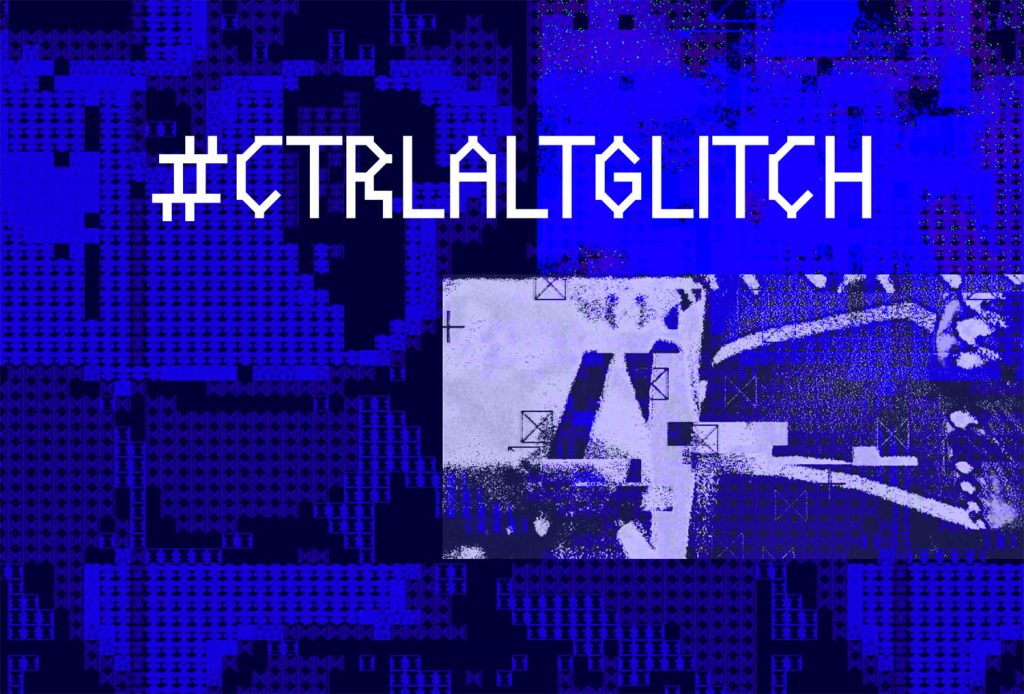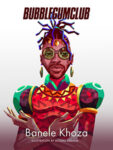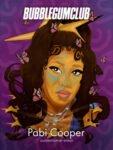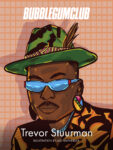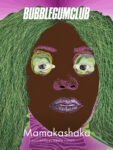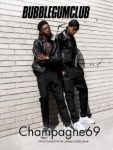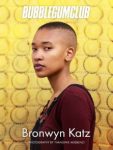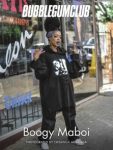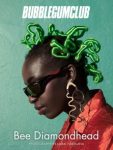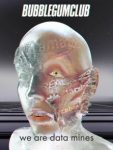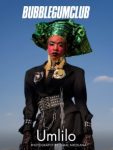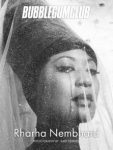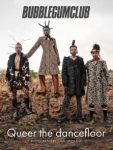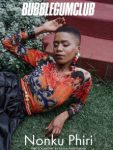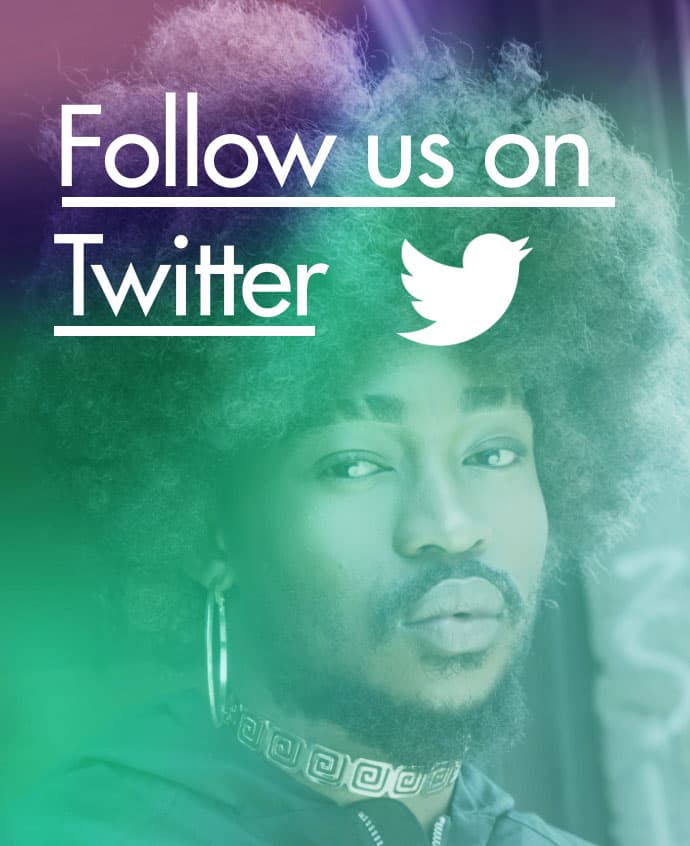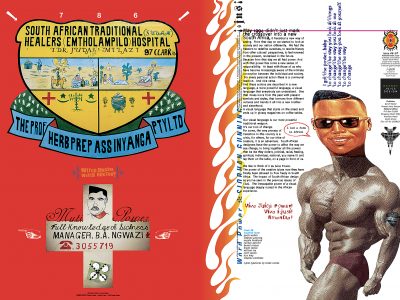Technology assumes a kind of neutral space. A radically inclusive and apolitical space for creation. Accessible, attainable and universal.
In an essay in What Do Science, Technology, and Innovation Mean from Africa?, Professor Clapperton Chakanetsa Mavhunga writes: “The things that words denote never start as universal or available everywhere, their meanings already stabilized; they originate from a particular place, community, society, culture, and nation and then, through travel or mobility, become universal, global.”
Mavhunga’s sentiment speaks to the assumed hegemony of western knowledge that lends itself to neo-colonial structures of power being reproduced and other systems of knowledge production becoming silenced. But between the gaps in the margins lies the knowledge, the creativity and the rich lived experiences of people from the African continent and the diaspora.
Glitching the Future is a collaborative project between Zam Magazine and Bubblegum Club. In recognising the inequalities and power dynamics that exist and are perpetuated by “Big Tech”, the project invites artists across disciplines and mediums — writers, make-up artists, designers, musicians — to disrupt western narratives of technology, development and the future. The initiative asks: how can you write the gaps in the past to imagine freer futures?
“Collaborating with Bubblegum Club was a natural and obvious choice,” Thembeka says. With a collective interest in African narratives and histories, Bubblegum Club and Zam Magazine have long supported work from the continent and the diaspora — a commitment brought to life through Glitching the Futures.
“Through completing my Phd, I started thinking about how and why blackness is invisibilised in art education and art practice,” Thembeka explains. Looking outside the western art realm, looking at Black modes of production, the project seeks to glitch the archive, and glitch the future.
This project is a counter-method; a praxis for reprogramming digital futures through a decolonial lens. Through centring multiplicity Glitching the Futures becomes a mode of rebellion, promoting the right to reimagine and create new futures.
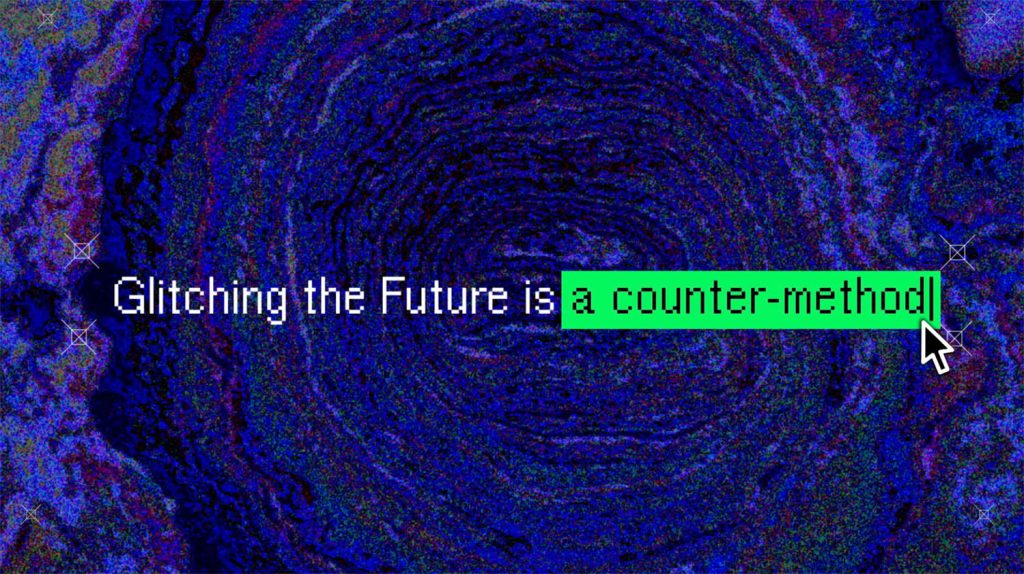
Rituals for techno-futures
“There’s not many cultures that recognise joy as a currency,” says New Kyd, British-Nigerian performance artist and contributor of the project.
Following African sonic traditions, sound designers Chaos Clay and Charismatics in the Attic present Sound Piece and “Glitch in My Mouth”, respectively, to present alternative modes of meaning-making as a reprisal of western art practices.
Makeup Artist So Delicious creates a look inspired by the project. Rooted in an afrofuturist aesthetic, she disrupts mainstream ideals of beauty through cultural expression. Similarly, visual artist and creative consultant Aluta Null imagines a future with her Glitching the Future Moodboard.
British-Nigerian photographer Ayomide Tejuoso shares her fashion editorial. Drawing on African American cultural, sonic, and visual modulations, she seeks to re-imagine these practices within Nigerian and diasporic dialects.
Poet Maneo Mohale writes “The Fall” as a premonition of the fall of technofascism and the glimmer of hope that African creativity presents.
Glitching the archive
“There is a danger in passively consuming manufactured content without any mechanism that enables a diversity of responses,” writes Khanya Mashabela, writer and curator in her essay “Physical Responses to a Virtual World: A Brief History of Video and Net Art in South Africa” for the project. Through detailing the history of video art, she explores how technology becomes a site of resistance and reimagination. “As software companies become more monopolistic and secretive, I wonder about the continued ability of artists to speak back to the dominant narrative in impactful ways,” she continues.
Attesting to music and South African nightlife’s role in this glitch, writer Amogelang Maledu explains how partying culture becomes a means of expression, resistance and identity-making in her essay “Bana ba Straata: Looking at Focalistic as a Milieu for SA Youth Being Outside-outside”. She considers how partying culture reflects both present-day youth experience and the lingering effects of apartheid-era drinking culture, shaped by histories of alcoholism and control.
In a lyrical and visual meditation on digital rebellion, writer Thulile Gamedze examines the obscured political activism that exists online to avoid censorship and shadowbanning in their essay “On Doom Scrolling and Tripping Balls”.
Writer Lethabo Motseleng explains how technology forms an integral part of Black creativity in their essay “Tech – The Backbone of Creativity in Joburg”. “The city of gold – yet the gold isn’t in the ground anymore, it’s in the pockets and backpacks of those who create in the town,” they write.
“This code is not broken…the system is” is a line creative technologist, Siyasanga Ngqengqeza ends her video challenging western technoscientific knowledge, titled Impazamo. For Siyasanga, coding in her own language becomes an act of defiance, where glitches turn into spaces of creative rupture.
The project started releasing work from contributors at the end of May, with weekly uploads of contributors’ work to the microsite and to both platforms’ social media pages. The contributors work position Africa as the centre. Addressing the undercurrents of power structures where western narratives still permeate in the present, these works essentially “rewrite” the past — injecting decolonial, feminist and insurgent narratives.
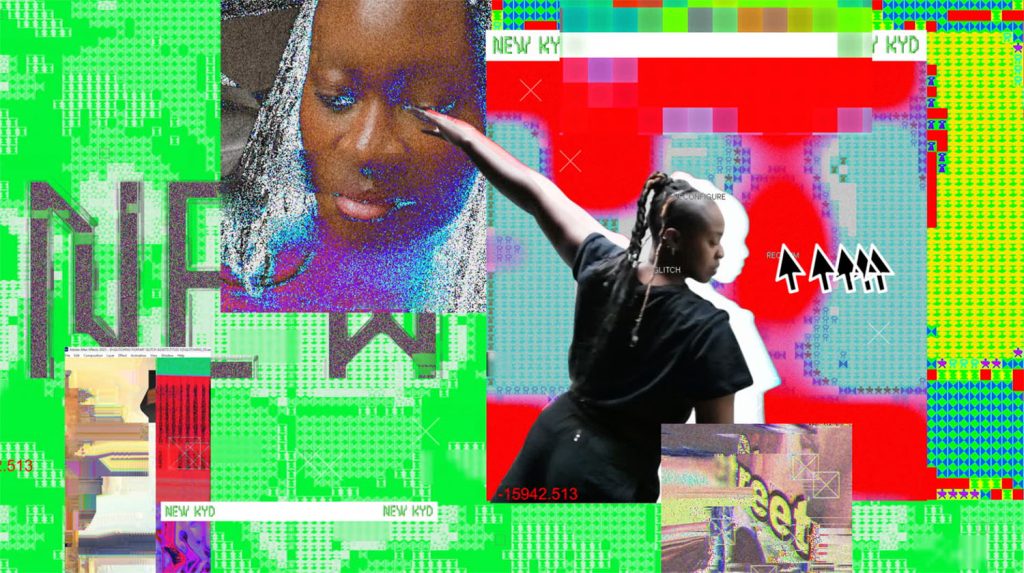
Creating creative rupture
“We do have the imagination that has changed the world in one way or another,” Thembeka notes. “Afrofuturism, black sonic traditions like jazz, hip-hop, gqom and amapiano, are really great ways of viewing how when black people engage with tech on their own terms, they do change the world.”
Glitching the Future is not just an exploration of cultural modes of production to challenge western knowledge systems, it’s an invitation to reflect, individually and collectively, on how to reimagine and reconstruct a future with Africa as the centre.
Follow along the project on both @bubblegumclubbb and @zammagazine or with the hashtag #CntrlAltGlitch
Create your own content responding to Glitching The Future by using the hashtag.
The Glitching the Future project is generously supported by the Creative Industries Fund NL (Het Stimuleringsfonds Creatieve Industrie), Het Cultuurfonds, De Vriendenloterij and the compassionate people who powered our crowdfund with their belief and commitment.
